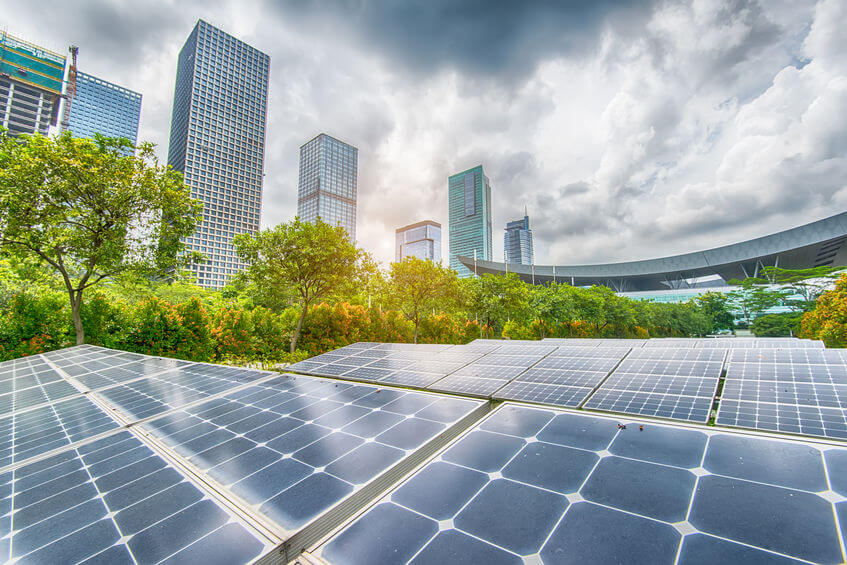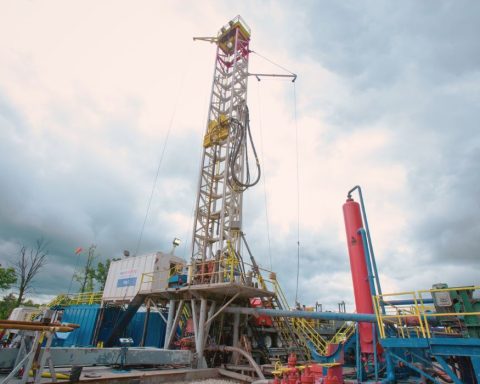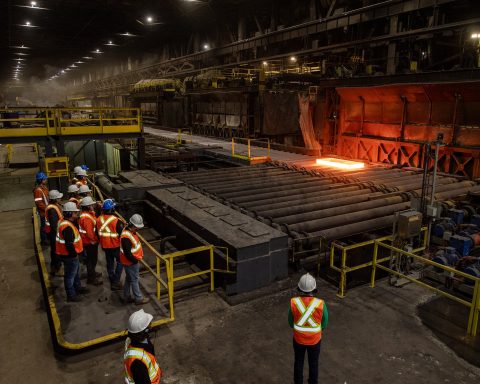This article is “sponsored content” as defined by Corporate Knights’ content disclosure policy.
Written by Jean-Pascal Tricoire, CEO Schneider Electric, and Francesco Starace, CEO and General Manager, Enel.
At Schneider Electric, we provide energy and automation digital solutions for efficiency and sustainability. We combine world-leading energy technologies, real-time automation, software and services into integrated solutions for homes, data centers, infrastructure and industries. We make process and energy safe and reliable, efficient and sustainable, open and connected. Learn more about Schneider Electric at se.com/ca.
Why is it so important to decarbonize cities? And how can we do it?
The first question is easy to answer: The cities in which more than half of us live account for nearly two-thirds of the CO2 emissions that lie at the root of our planet’s looming climate crisis. Skyscrapers in megalopolises, shopping malls, SUVs in the streets, air conditioners in a growing number of places throughout the globe – all consume a vast amount of high CO2-content energy.
The answer to the second question is to take an integrated approach: leveraging clean electrification and digital technology to harmonize urban energy systems, while also thinking beyond individual projects to consider their impact within the surrounding communities and the built environment.
In fact, urban energy, transport and building infrastructures are gradually becoming greener: There are more electric vehicles on city streets, better water treatment and recycling schemes, and more solar panels on rooftops around the globe. According to International Energy Agency estimates, renewables like solar and wind are set to become the largest source of electricity generation worldwide by 2025, supplying one-third of the world’s electricity and ending coal’s decades-long dominance of the global power mix.
All this is, of course, welcome.
But with climate change accelerating, we need more comprehensive decarbonization actions on three fronts. First, we need even more energy to come from renewable sources. Second, we need more cars, heating and other activity to be powered by clean electricity. Third, we need everything from factories, to office buildings, homes, transport systems and consumer devices to become more energy-efficient.
This third lever might not as headline-grabbing as the rise of solar panels or electric vehicles. But it is a big piece of the decarbonization puzzle, with an even larger potential enabled by digital technologies.
Consider, for example, the technologies that make buildings more energy-efficient, by automatically adapting the amount of cooling, heating or lighting to occupancy levels at any given moment. Or digital tools that allow the operators of a manufacturing site in Sweden or a public utility in India to run their operations or distribution systems more efficiently and even remotely, rather than in person (a feature that has proved critical in these times of social distancing and lockdowns).

The integrated approach would dramatically accelerate efforts to decarbonize cities. Source: WEF
Imagine how much more we could achieve if we digitally integrate ultra-efficient buildings, public services – e.g. transport or lighting – and electric vehicle charging stations into a wider, highly efficient urban system, delivering better quality services for citizens and accompanying benefits such as local job creation, health, and well-being. Integration and interaction between assets are the key to disrupt the traditional equation of energy and efficiency in cities. An EV battery can store power not only for just one car, but, while a car is not in use, also for the surrounding community thanks to smart-charging infrastructures. Excess power generated by an office building’s or warehouse’s rooftop solar panels might be used to help power the wider neighbourhood.
The technologies, digital tools and data analytics capabilities to enable this efficient urban system already exist, as do concrete examples of such an integrated approach. Therefore, integration and collaboration of systems and stakeholders are the fundamental drivers to accelerate and scale the transition in cities.
Integration of energy, buildings and mobility requires cross-cutting industry collaboration, ranging from utilities and real estate, to technology companies and financial institutions. City- and state-level administration can enable and facilitate such collaboration through public-private cooperation. The public sector can drive on governance, policy and licensing, while the private sector provides agility, technology and resources. This cooperation can share and balance risks and liability between stakeholders for mutual gains and value creation for the broader community.
All of this comes against a backdrop of great urgency. Epidemics, climate and economic pain have all created unique challenges in 2020. But combating climate change must remain top of mind. Cities lie at the heart of this fight and have now the chance to build back better. We have joined the World Economic Forum in the effort to promote dialogue and mobilize action together with a group of global leaders. As co-chairs of the Net Zero Carbon Cities initiative, our ambition is to accelerate a sustainable transition in cities, supporting mayors in creating value for their communities. It is up to all of us to ensure we become part of the solution rather than part of the problem.
This article was originally published on the World Economic Forum.
Connect with Schneider Electric to learn more.
This opinion piece has been shared as part of the Clean Recovery Breakthrough Series.







